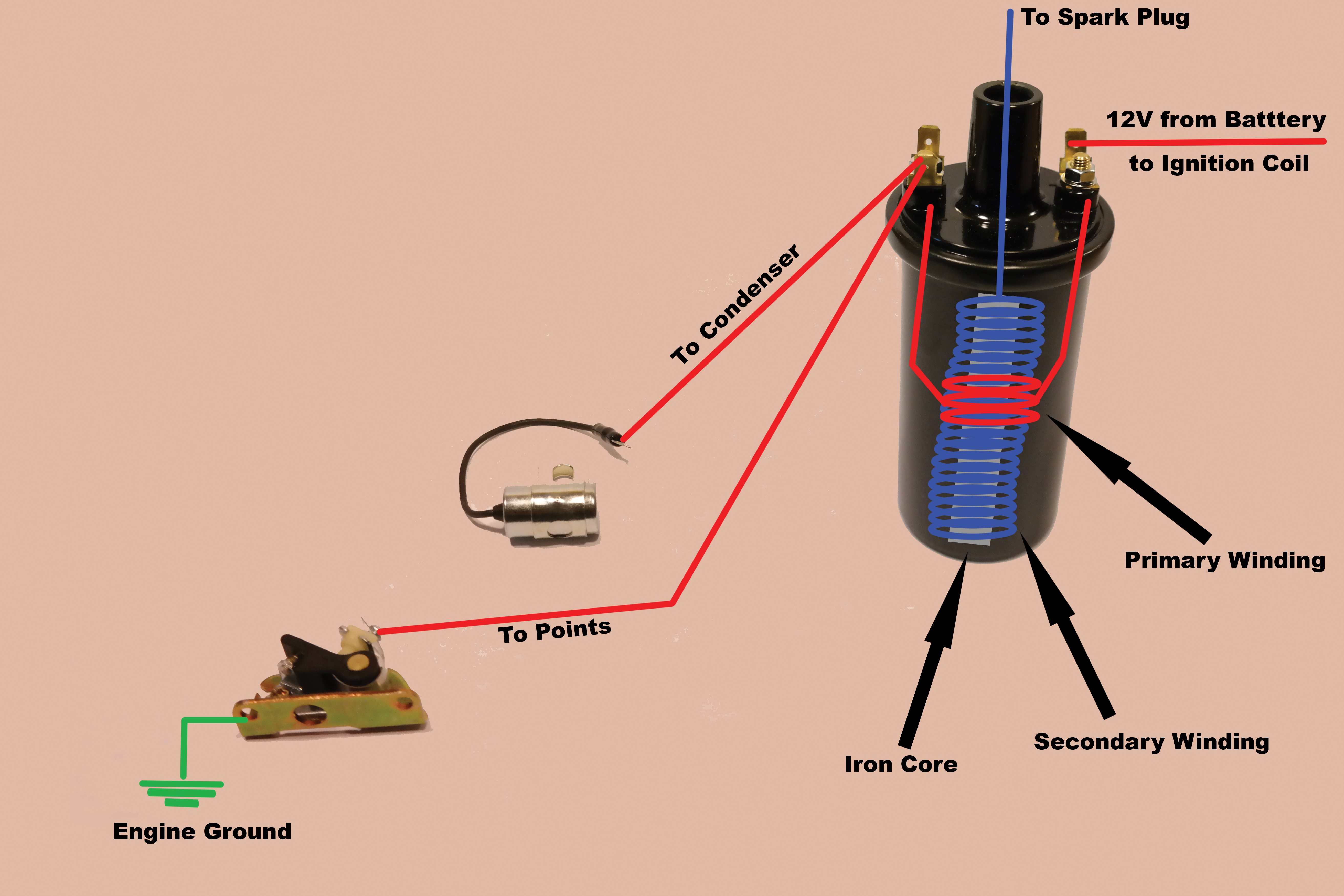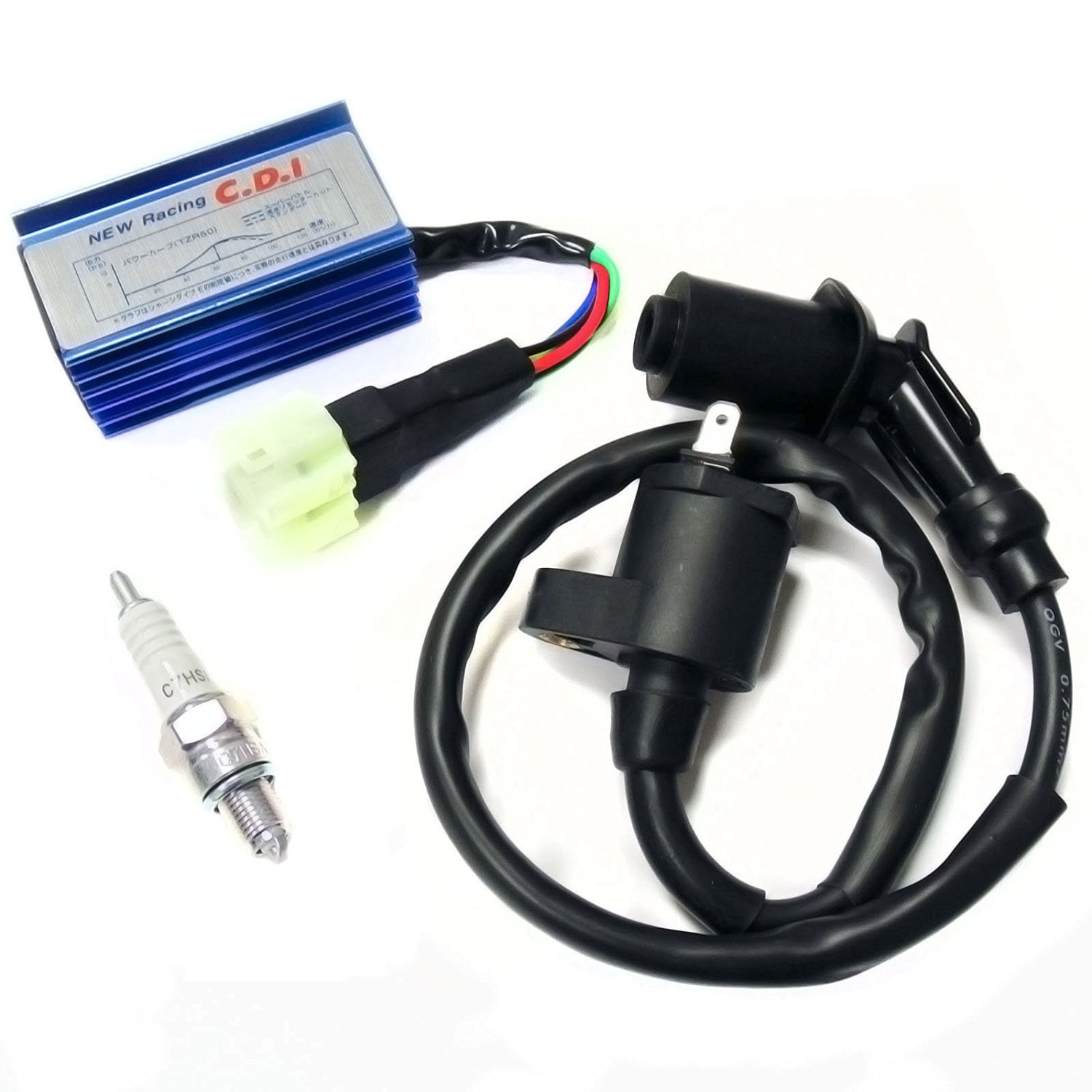No Spark From Ignition Coil
When your car won’t start, it can be a frustrating and confusing experience. One of the most common causes of a no-start condition is a faulty ignition coil. If you’re experiencing this issue, it’s important to troubleshoot the problem and replace the ignition coil if necessary.
Ignition coils are responsible for creating the spark that ignites the air/fuel mixture in your engine. If the coil is not functioning properly, the spark will be weak or nonexistent, which will prevent the engine from starting.
There are a few different ways to troubleshoot a no-spark condition. First, check the spark plugs to make sure they are clean and properly gapped.

Next, check the ignition wires to make sure they are not damaged or loose. If the spark plugs and wires are in good condition, the next step is to test the ignition coil.
To test the ignition coil, you will need a multimeter. Set the multimeter to the ohms setting and measure the resistance between the primary and secondary terminals of the coil. The resistance should be within the specifications listed in your vehicle’s repair manual. If the resistance is too high or too low, the coil is faulty and needs to be replaced.
Replacing an ignition coil is a relatively simple procedure. However, it is important to follow the instructions in your vehicle’s repair manual carefully. Once the new coil is installed, start the engine and check for spark. If the engine starts and runs smoothly, the problem has been solved.
History and Myth of Troubleshooting No Spark From Ignition Coil
The history of ignition coils dates back to the late 19th century. The first ignition coils were used in internal combustion engines to provide the spark that ignited the air/fuel mixture. Over the years, ignition coils have evolved and improved, but they still perform the same basic function.
There are a few myths surrounding ignition coils. One myth is that ignition coils can cause a car to stall. While it is true that a faulty ignition coil can cause a car to run poorly, it is unlikely to cause the car to stall.

Another myth is that ignition coils are expensive to replace. While ignition coils can be expensive, they are not as expensive as some other car parts, such as transmission or engine parts.
It is important to remember that ignition coils are an important part of your car’s engine. If you are experiencing a no-spark condition, it is important to troubleshoot the problem and replace the ignition coil if necessary.
Fun Facts of this Troubleshooting No Spark From Ignition Coil
Here are some fun facts about Troubleshooting No Spark From Ignition Coil:
- The average lifespan of an ignition coil is 100,000 to 150,000 miles.
- Ignition coils can fail due to a variety of factors, including heat, vibration, and electrical overload.
- A faulty ignition coil can cause a variety of symptoms, including engine misfires, rough idling, and poor fuel economy.
- Replacing an ignition coil is a relatively simple procedure that can be completed in about an hour.

How to Troubleshooting No Spark From Ignition Coil
If you are experiencing a no-spark condition, the first step is to check the spark plugs and ignition wires. If the spark plugs and wires are in good condition, the next step is to test the ignition coil.
To test the ignition coil, you will need a multimeter. Set the multimeter to the ohms setting and measure the resistance between the primary and secondary terminals of the coil. The resistance should be within the specifications listed in your vehicle’s repair manual. If the resistance is too high or too low, the coil is faulty and needs to be replaced.
Once the new coil is installed, start the engine and check for spark. If the engine starts and runs smoothly, the problem has been solved.
What if Troubleshooting No Spark From Ignition Coil
If you have tried all of the troubleshooting steps above and you are still not getting spark, there may be a more serious problem with your car. You should take your car to a mechanic to have it diagnosed and repaired.
Some of the other potential causes of a no-spark condition include:
- A faulty ignition control module
- A faulty crankshaft position sensor
- A faulty camshaft position sensor
- A faulty wiring harness
These are just a few of the potential causes of a no-spark condition. If you are experiencing this problem, it is important to have your car diagnosed and repaired by a qualified mechanic.
Listicle of Troubleshooting No Spark From Ignition Coil
Here is a listicle of Troubleshooting No Spark From Ignition Coil:
- Check the spark plugs.
- Check the ignition wires.
- Test the ignition coil.
- Replace the ignition coil if necessary.
- If you are still not getting spark, take your car to a mechanic.
Questions and Answer about Troubleshooting No Spark From Ignition Coil:
Conclusion of Troubleshooting No Spark From Ignition Coil
If you are experiencing a no-spark condition, it is important to troubleshoot the problem and replace the ignition coil if necessary. Replacing an ignition coil is a relatively simple procedure that can be completed in about an hour. However, it is important to follow the instructions in your vehicle’s repair manual carefully. Once the new coil is installed, start the engine and check for spark. If the engine starts and runs smoothly, the problem has been solved.